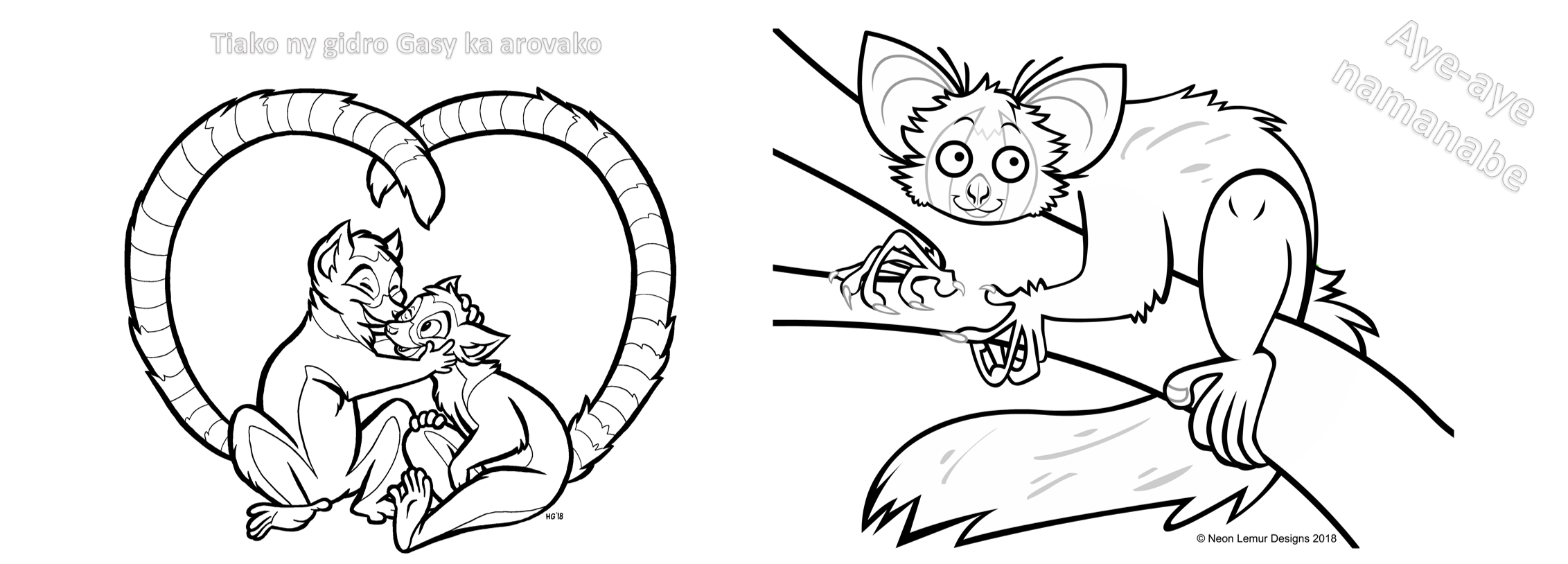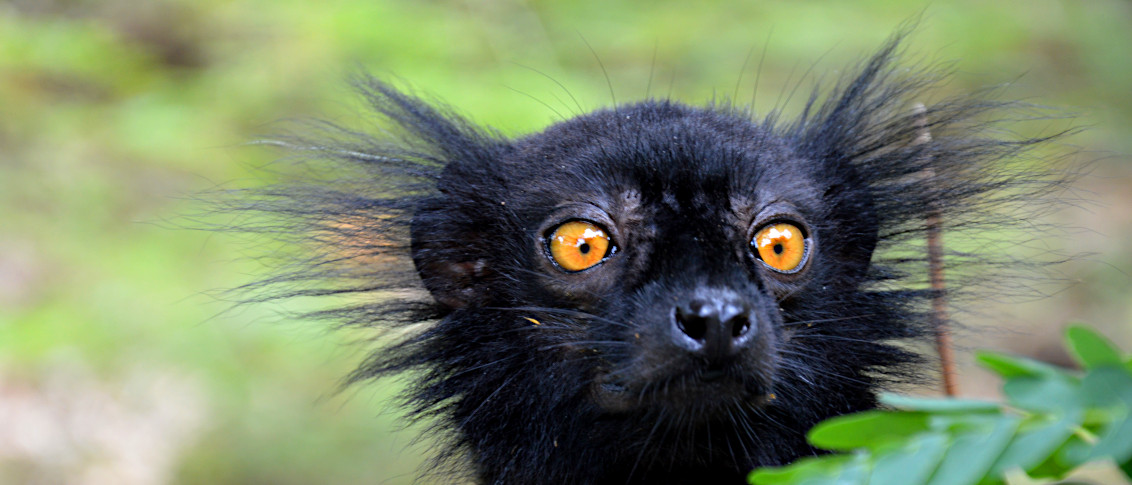“In the end we will conserve only what we love; we will love only what we understand; and we will understand only what we have been taught”
This famous quote of Baba Dioum emphasizes the key importance of education in achieving successful conservation. Although economic incentives are important, we do not want local people to just support Madagascan lemurs because tourists like to see these animals. Yes, lemurs and other wildlife generate an important source of income to many local people, but we want to get locals to care about their unique wildlife. Therefore, Manga Maso is developing education programs that target different age groups in Madagascar.
1) Many people in Madagascar have never seen any of their native wildlife, including lemurs! We aim to fund excursions for kids to go to parks and see their amazing local wildlife with their own eyes. By teaching young school children about lemurs and the importance of preserving them, we hope they—as the future generation—will support wildlife protection or even turn out to be conservationists.

2) Most of the school teachers, guides, and rangers that work in or close to national parks barely own any books. We are donating books throughout Madagascar so they can educate themselves and teach others about wildlife and the forests. We are also developing training sessions for (potential) guides to transmit our knowledge about lemurs and the natural environment. We aim to make people aware of the need for incorporating forest protection and reforestation combined with alternative livelihood development in the remaining forests of Madagascar.

3) We have distributed over 500 lemur drawings over the last year and are currently creating educational comics for children so they can learn about the animals of their country. The book conveys the adventures of two children and their pet lemur and addresses specific conservation issues in Madagascar. With this book, we aim to increase the knowledge and understanding of the school children. Teachers will trained in using the comic book during their lessons, and are supplied with background information and supportive educational material. Here, we would like to give you a sneak preview, as the story line of the comic book is out!
“Two children are walking in the rainforest, looking for their escaped pet lemur. When they finally find him, deep in the forest, they see that their lemur—in his natural environment and with other members of its species—is much happier here than at their home. But they do not want to admit this, as they love their pet and want him back, so they keep trying to catch him. Eventually two hunters, men from the village that are acquaintances of the children, help them to catch their and some other lemurs. Back home, the children see how terribly unhappy the lemurs are in their cages and come to repentance. Secretly, they leave all the animals free. The poachers are frantic! The children flee to the forest and the lemurs they have rescued help them to hide. They do not dare to return home, afraid of the anger of the poachers, and stay with the lemurs. A wonderful time is at hand, where they learn everything from the lemurs about survival in the rainforest and they explore their new home. That wonderful time, however, is only short-lived, as the forest is prone to illegal logging and the lemurs are expelled. The children decide to help the lemurs and sabotage the loggers. Now, not only the poachers are angry, but also the loggers are after them. Eventually the children get caught. They try to convince everyone that the rainforest should be preserved, but no one listens. One of the children manages to escape and leads the local villages to the part of the rainforest where the lemurs live. The people are impressed by what they see. Together with the children they are now starting to think about solutions.”

4) We aim to develop an undergraduate course conducted by resident and visiting professors of different field in conservation and environmental sciences. Students work alongside Malagasy students and scientists and their independent research will contribute to the understanding the link between protected areas and the people of the region. Furthermore, we want to stimulate and students from Dutch universities to conduct their research internships and MSc thesis projects in Madagascar.
